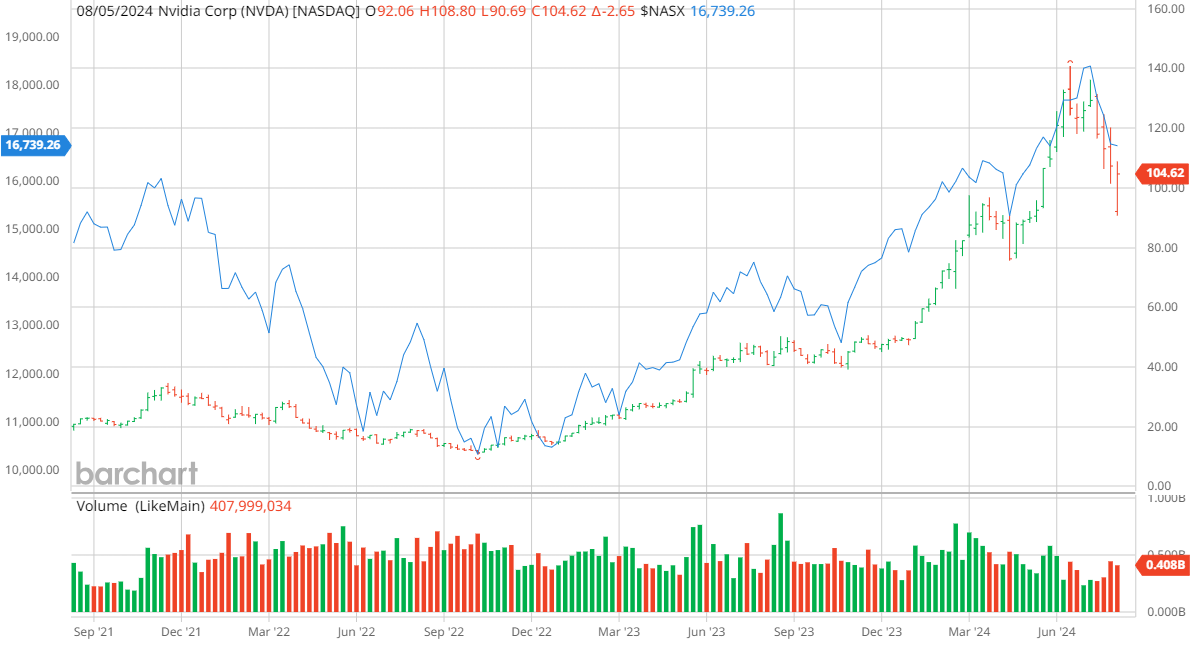Recent insider selling activities by executives at top companies like Nvidia, Amazon, and Microsoft have sparked interest among investors and the media. Notable figures, such as Jensen Huang, CEO of Nvidia, have made substantial sales of company stock, raising questions about whether investors should follow suit. However, before making any decisions based on insider selling, it is essential to delve into the reasons behind these transactions.
Embarking on a journey to decode insider trading can be likened to navigating uncharted waters. As the landscape of investing evolves, the ability to explore unconventional territories becomes imperative. One area often overlooked but highly beneficial is the analysis of insider trading activity. Savvy investors understand the significance of incorporating this analysis alongside traditional research methodologies to gain a comprehensive understanding of a company’s dynamics.

Deciphering Insider Selling
Insider selling involves top officials within publicly traded companies selling shares for various reasons such as diversification, liquidity needs, or tax planning. Regulators like the SEC closely monitor these transactions as insiders have access to both public and non-public information. Understanding the context and motives behind insider sales is crucial before drawing any conclusions.
The Rule of 10b5-1
A Rule 10b5-1 trading plan allows insiders to schedule buying or selling of company stock at predetermined intervals, safeguarding them against accusations of insider trading. This rule provides a structured framework for managing personal investments transparently, even in the absence of material non-public information.
Interpreting Insider Signals – Context Matters
Not all insider sales indicate a lack of confidence in the company. Executives may sell shares for reasons unrelated to the company’s performance, such as personal financial needs or portfolio diversification. Examining patterns of insider selling can provide valuable insights, especially when multiple insiders are involved, signaling a broader concern within the company.

Pattern Recognition and Case Studies
Analyzing trends in insider selling and historical cases like Lehman Brothers and Apple can offer valuable lessons in interpreting insider signals. While insider selling can sometimes indicate underlying issues within a company, understanding the broader context is essential for making informed investment decisions.
Knowing When to Act – Risk Management
Significant insider sales, especially involving multiple high-ranking executives, should be a red flag for investors. Timing these sales in relation to corporate events or market conditions can help in distinguishing routine transactions from potential warnings. Integrating insider selling signals into a comprehensive investment strategy can enhance decision-making and risk management.
By combining insights from insider selling with fundamental analysis, industry trends, and economic indicators, investors can develop a well-rounded perspective on the financial landscape, enabling informed investment decisions.
For other valuable insights, visit more Stock Market News from Barchart.

